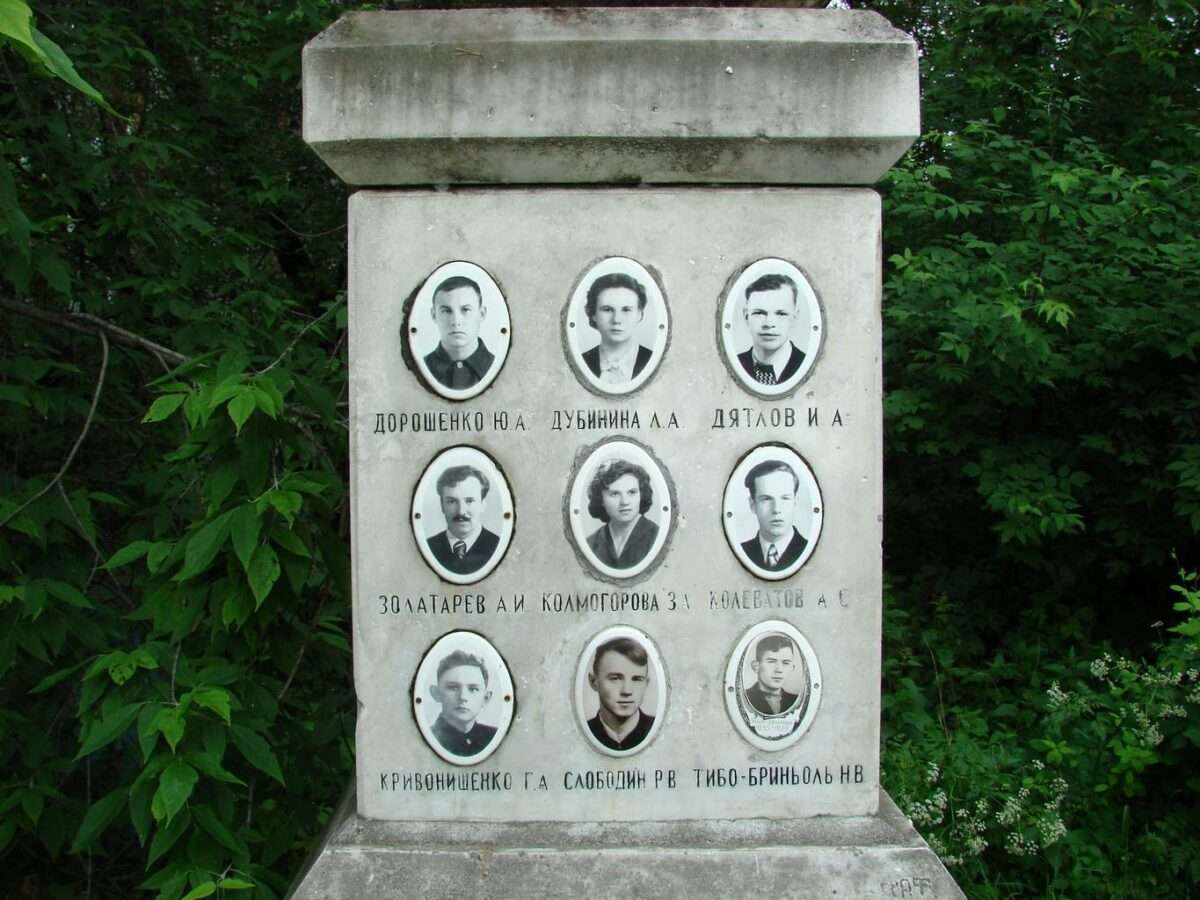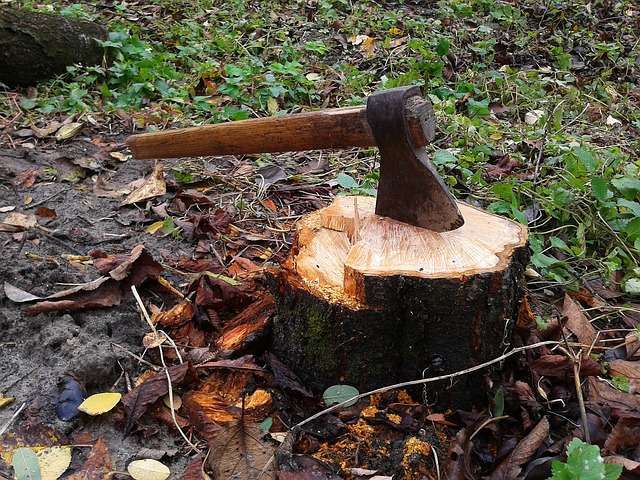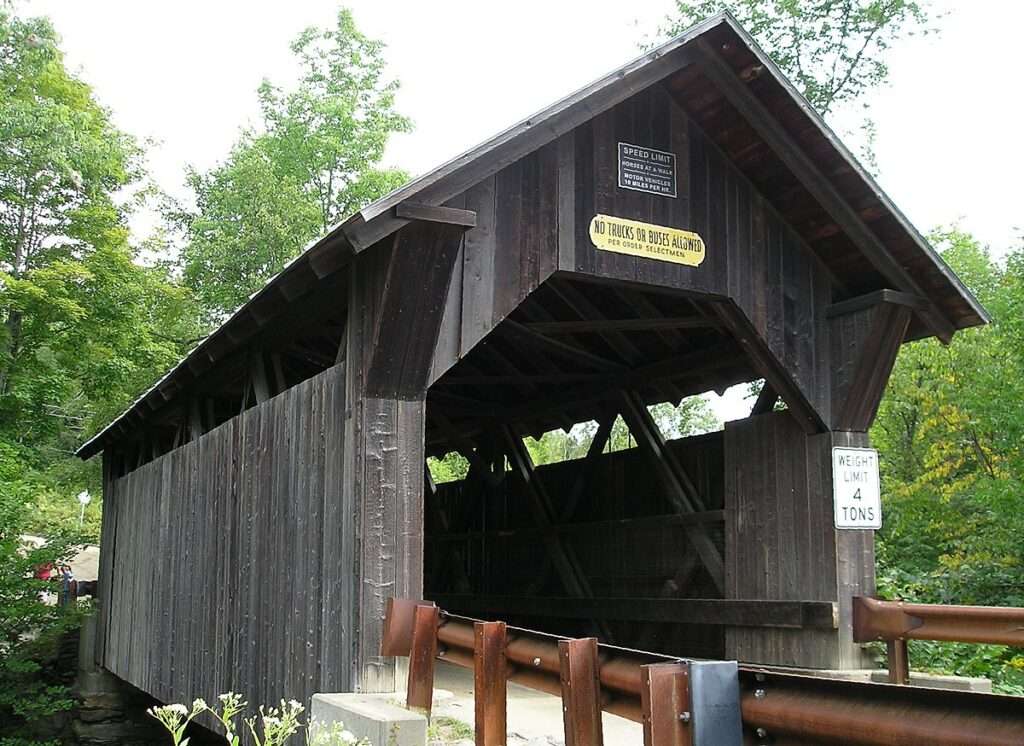Science Uncovers the Truth of the Dyatlov Pass Incident


The Dyatlov Pass incident
In what would later become known as the Dyatlov Pass incident nine very experienced soviet hikers (seven men and two women) would meet their untimely fate while camping for the night on the eastern slopes of Kholat Syakhl during their 200-mile trek across Russia’s Ural Mountains. Sometime during the night on February 1, 1959, the hikers found reason to cut their way out of the would-be safety of the tent and flee into the surrounding wilderness wearing little to no protection from the elements, a decision that would ultimately prove fatal for all.
When a search team discovered the campsite, the expedition’s badly damaged tent was barely able to be noticed peaking through the snow and having the appearance of being cut open from the inside. Over the upcoming months teams would slowly uncover more and more grizzly details of the now-famous incident.
A Gruesome Scene
Upon discovery of the bodies scattered throughout the mountainside, Soviet officials found that only six of the hikers had actually succumbed to hypothermia the rest, physical trauma unlike any that had been seen before sly of wartime injuries. One victim had severe skull damage, two had their chests crushed, and another with a cranial fracture. Four of the bodies were discovered lying in a creek, and three of these four had extensive soft tissue damage to the head and face. Two had their eyes torn out, one had its tongue removed, and the other was missing eyebrows.
Bureaucracy at its finest
The soviet powers that be seemed to hamper any real investigation into the case later citing a “compelling natural force” as the cause of the deaths. This inconclusive statement has over the years led many to speculate about the cause of the deaths producing ideas and conspiracy theories ranging from a Russian experiment to a vortex capable of producing panic attacks.
In 2019 after a strong push stemming from global media, Russian officials decided to reinvestigate the incident and their findings have since been published citing once again an avalanche as the reason for the deaths. Although many important details have seemingly been omitted from the report such as a concise explanation of how an avalanche could cause the physical trauma as was reportedly found on the bodies and yet had left no evidence of its occurrence for the first search teams. Furthermore, when checking back there was no snowfall on February 1st, 1959, so without the increased weight of added snow what exactly caused the avalanche? Once again the report leaves more questions than answers brewing up even more conspiracy theories involving a government already known for surrounding itself by fog.
Science has a viable explanation
In 2021 two scientists, Alexander Puzrin, a geotechnical engineer at ETH Zürich, and Johan Gaume, head of the Snow Avalanche Simulation Laboratory at EPFL set out to add weight to the avalanche theory. Together they developed computer simulations to replicate the conditions the hikers faced that night. What they found was astonishing.
The landscape of Kholat Saykhl had made the slope of the encampment appear much milder than it was fooling the seasoned hikers. Diary entries recovered from the group record very high winds leading into that night which are now thought by the two researchers to have been katabatic winds which is a wind that carries high-density air from a higher elevation down a slope under the force of gravity. This would explain how the existing snow was put under a heavier load without the addition of new. Adding this information to the idea that the slope was already more precarious than the hikers initially thought produced simulations that show how a smaller avalanche, roughly the size of an SUV, could have taken place and then quickly been covered over by fresh snow leaving no trace of the occurrence for search teams.
What about their injuries?
The scientist’s model also depicts how in this particular situation an SUV-sized block of snow could have caused the physical trauma members of the groups experienced without immediately proving fatal.
Although any attempt to explain exactly why the hikers were found where they were could only be speculation, it is assumed by Puzrin that immediately after the avalanche those who were not initially harmed by the falling snow and ice cut themselves out of the tent assisting the wounded to the safety of the woodline before ultimately succumbing to hypothermia.





Comments